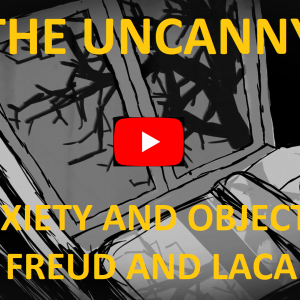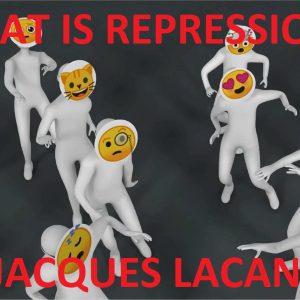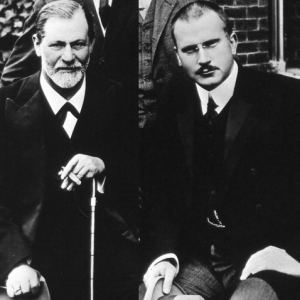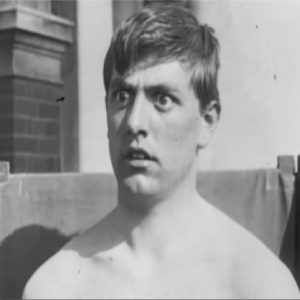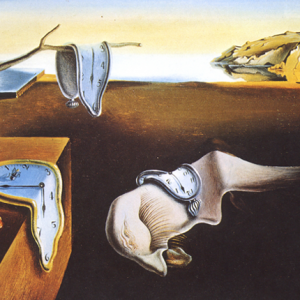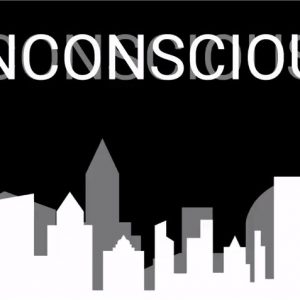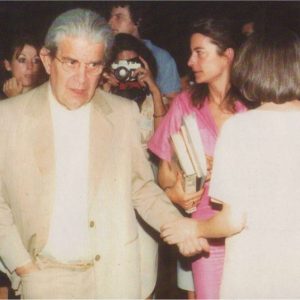The Space of the Mind in Psychoanalysis – Topology and its Use in Psychoanalytic Psychotherapy
This video is about the space of the mind and how we think of it. From a picture that doesn't make sense, to the topological models that re-describe psychical space…
The Uncanny – Object a and Anxiety in Freud and Lacan
Exploring the concept of the uncanny in psychoanalysis, beginning with Freud's 1919 paper and how Lacan later returned to it in elaborating his ideas on anxiety and the object a.…
Freud’s Unconscious – The Psychoanalysis of a Dream, and its Dreamer
A story about the origins of psychoanalysis, and of its creator Sigmund Freud. Taking Freud as our example to show how psychoanalysis works - presenting the dream as a microcosm…
What is Repression? (Part II)
Part II of a short series of videos introducing the concept of repression in psychoanalysis, looking at one of Freud's most famous cases, and Jacques Lacan's take on it. By…
Amuse-Bouches V – What Makes a Trauma Traumatic? (Part II)
In Part I we looked at the history of trauma theory and framed its various debates against the backdrop of two key problems that any theory of trauma has to…
Amuse-Bouches IV – What Makes a Trauma Traumatic? (Part I)
Trauma often appears to be a very broadly-spread notion in psychotherapy. Its urgency in clinical settings seems to outpace the theoretical rigour we can give it, leading the label ‘trauma’…
The Unconscious of ‘Things’
We’re going to start with a naive question - what is the ‘stuff’ of the unconscious? This short article is about the unconscious of ‘things’, and if we think about…
Amuse-Bouches III – The Obsessional Subjunctive
It is often said that psychoanalysts should look at structure, not surface symptoms, in order to make a clinical diagnosis. There are two problems with this. First, the definition of…
VIDEO – What’s so Unconscious about the Unconscious?
A few months back I wrote a rather long article tracing the historical debate about the nature of the unconscious in psychoanalysis across three key turning points - 1915, 1928,…
Amuse-Bouches II – Testimony and the Pass
Who is ‘allowed’ to tell your story? Are you and you alone the only one that can represent your unique experience, past, and identity? Or is it sometimes okay -…


